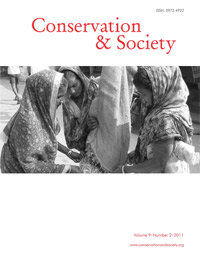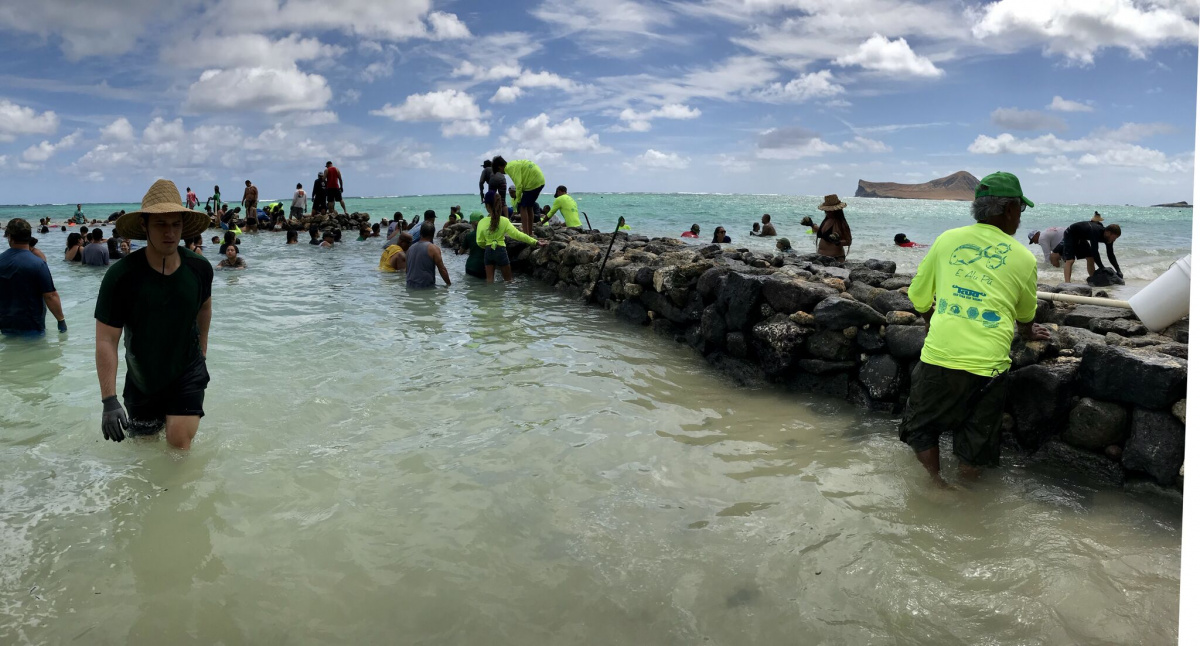Perspectives of Effective and Sustainable Community-based Natural Resource Management: An Application of Q Methodology to Forest Projects.
CEESP Member James Gruber has published in the open-source journal Conservation and Society. Abstract: Community-based natural resource management (CBNRM) has been recognised as an effective governance approach for sustainably managing commons or common-pool resources. Yet there is limited empirical research on answering the critical question: What are the principles and key characteristics that are needed to ensure longterm effective and sustainable CBNRM programmes? The research described here helps answer this question.

Photo:
For the first phase of this research, multiple perspectives from research teams were collected and organised into a matrix of 12 organisational principles and 60 key characteristics. These were then vetted using a large published collection of World Bank CBNRM case studies. The second phase of this research included site visits and the use of Q-sort methodology to understand the perspectives of a range of constituency groups associated with three successful forestry CBNRM sites.
These sites are located in the Apuseni Mountains, Romania, Randolph, New Hampshire, and Ixtlán de Juárez, Oaxaca, Mexico. The fi ndings, based on conducting principle component multivariable analysis of the sociological and organisational data, point to four unique perspectives of what is essential for effective governance of their common-pool resources.
There were also a number of areas of consensus across all four sites. Some of these fi ndings transcend cultural differences, while others are directly associated with specific local conditions and cultural characteristics.



